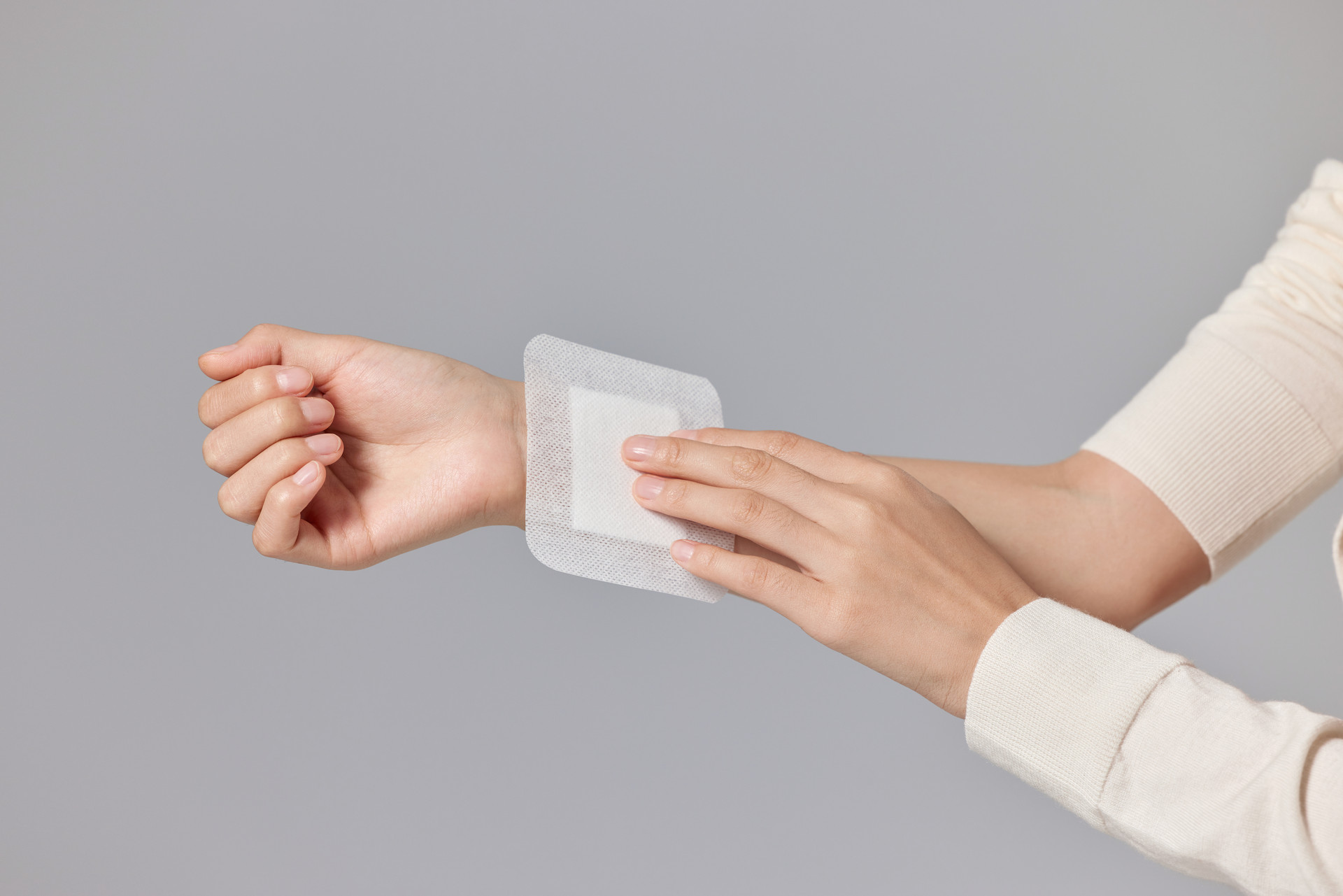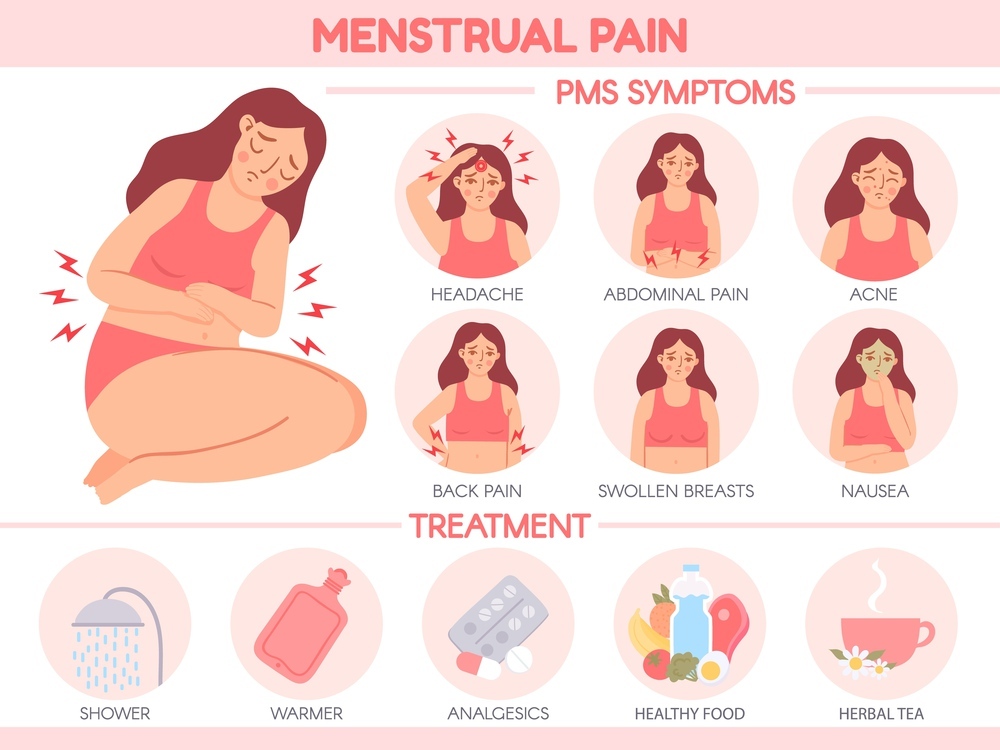
With the opening of the "two-child" policy in China, "insufficient breast milk" has become one of the problems that mothers urgently want to solve. The growth and development of newborns are closely related to their feeding methods. Compared to formula milk, breast milk contains all the necessary nutrients to comprehensively meet the growth and development of infants. The immune substances in breast milk can also improve the infant's ability to resist infections. In addition, breastfeeding can promote emotional communication between the mother and the baby, and facilitate the baby's growth and development. Therefore, breast milk is recognized as the best feeding method worldwide.
Causes of Insufficient Breast Milk
According to traditional Chinese medicine, there are different types of insufficient breast milk caused by body factors. Mothers with insufficient breast milk after childbirth commonly exhibit symptoms of either weakness of qi and blood or stagnation of liver qi. Weakness of qi and blood is characterized by little or no milk, thin and watery in quality, soft breasts without a sense of fullness, pale or sallow complexion, dry skin, fatigue, poor appetite, loose stools, pale tongue with thin coating, and fine pulse, indicating a deficiency pattern. Stagnation of liver qi is characterized by poor milk production after childbirth, stuffiness in the chest and ribs, depressed mood, slight fever, decreased appetite, normal tongue appearance with thin yellow coating, and wiry or rapid pulse, indicating an excess pattern. In clinical practice, the overall symptoms are observed to differentiate between deficiency and excess patterns. However, regardless of the pattern, insufficient breast milk is a serious problem for mothers, which can affect their emotions and mental health. Therefore, mothers with insufficient breast milk after childbirth should be provided with emotional care and psychological counseling. It is important to maintain an optimistic and stable mood and try to avoid emotional factors that can cause illness.
How to Improve Symptoms of Insufficient Breast Milk
Mothers with insufficient breast milk can seek help through some traditional Chinese medicine treatments and nursing methods, such as acupressure massage. For mothers with weakness of qi and blood, tonifying acupressure is used, with acupoints including Renzhong, Rugen, Shaoze, Zusanli, and Piyu. For mothers with stagnation of liver qi, purging acupressure is used, with acupoints including Renzhong, Rugen, Shaoze, Neiguan, Taichong, and Ganshu. Each acupoint is manipulated for 1-2 minutes, followed by a 5-minute massage from the root of the breast towards the nipple along the lactiferous ducts. After massaging one side, massage the other side. This should be done twice a day with moderate intensity, based on the presence of soreness, fullness, or pain. Ear acupoint embedding can also be used, with acupoints including chest, mammary gland, and endocrine points, which can also have an improving effect.
Dietary supplementation after childbirth is also essential for mothers. Within 48-72 hours after childbirth, mothers should consume light and easily digestible soups to replenish fluids and provide nutrition for milk production. Acidic, astringent, spicy, fried, fatty, and heavy foods should be avoided. For mothers with weakness of qi and blood, foods rich in protein and fresh vegetables should be consumed, such as pigeon, eel, red dates, and longan. There are also lactation dietary therapies, such as wine-soaked chicken eggs and stewed pig trotters with peanuts. Mothers with stagnation of liver qi should consume foods that promote qi circulation and relieve depression, such as kumquat and Buddha's hand, while avoiding spicy and irritating foods to prevent exacerbation of internal heat.
Combining acupressure massage with traditional Chinese medicine dietary therapy can help unblock the breast meridians, regulate the qi and blood of the breasts, and promote the secretion and discharge of breast milk. It can also help relieve breast swelling and promote blood circulation. These two methods are simple and easy to perform, and can be guided to mothers and their family members, making it convenient for home use. They are worth promoting and applying in clinical practice.
Insufficient breast milk after childbirth is not a minor issue. On one hand, it can affect the feeding and growth of the baby, and on the other hand, it can affect the emotions and mental health of the mother. It should be taken seriously. Mothers should be encouraged to maintain a good attitude, receive proper nutrition, rest, and exercise, pay attention to hygiene, ensure sufficient sleep, and enjoy a pleasant and healthy breastfeeding period.







